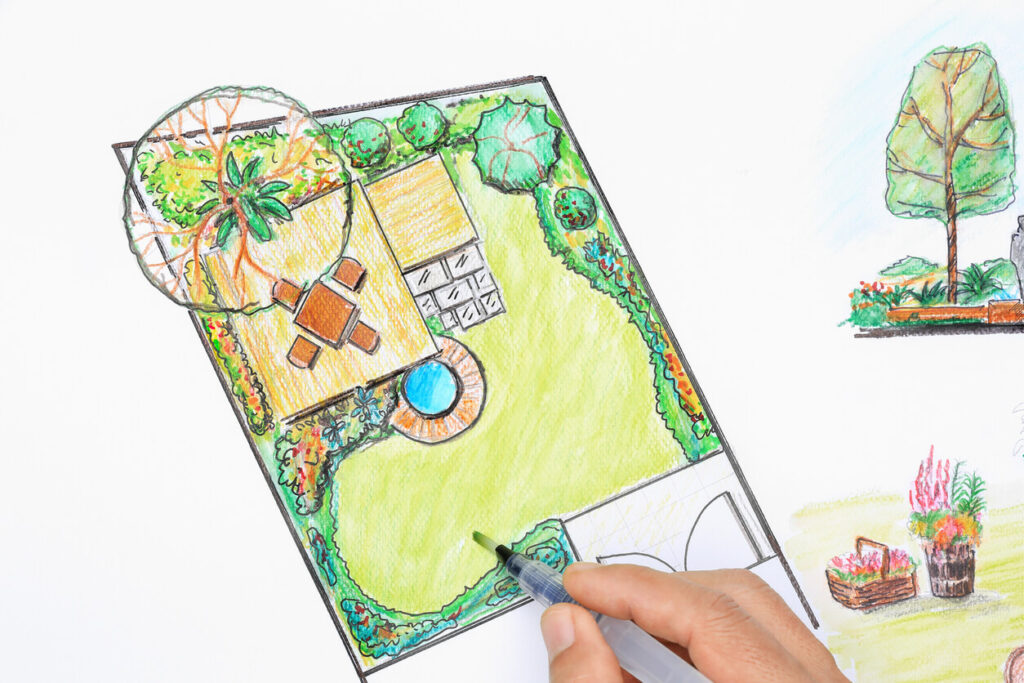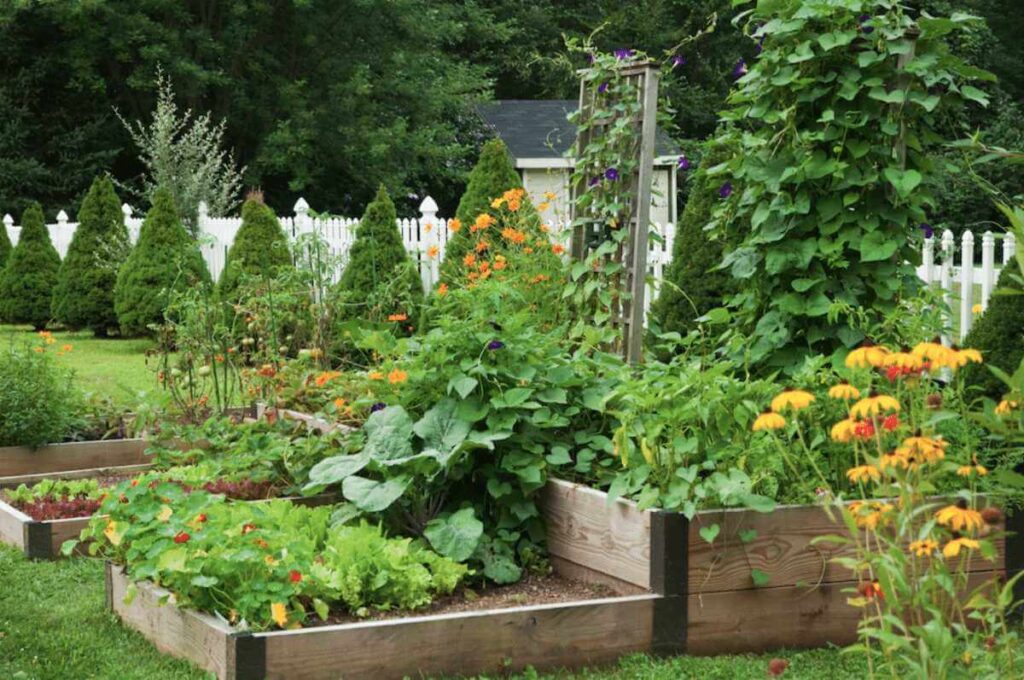Raised garden beds offer a fantastic opportunity to cultivate a wide range of vegetables, herbs, and flowers. When embarking on the planning process for a new raised garden bed, size becomes a crucial consideration that often goes overlooked. While ready-made kits come in various sizes, those who opt for a DIY approach must determine the size themselves.

Setting up a raised garden bed can be accomplished by gardeners of all skill levels. However, it is a more significant endeavor than planting a hanging basket or container pot. A poorly designed raised bed can cause long-term issues. Thus, it is essential to avoid certain mistakes while planning your bed.
3 Common Mistakes to Avoid When Sizing a Raised Garden Bed
Excessive Width
The allure of constructing an exceptionally wide raised bed to accommodate an abundance of your favorite plants is understandable. However, building a bed that is too wide is both an easy mistake to make and challenging to rectify. Most individuals have a comfortable reach of about two feet. Since loose, uncompacted soil is one of the advantages of a raised bed, stepping or kneeling inside it should be avoided.
Keeping the width of raised beds at or below four feet is simple when using wood, as standard lumber dimensions allow for conveniently cutting an eight-foot-long board in half for the ends. Consequently, a common DIY bed size is 4’x8′.
Beds constructed with materials other than wood or in non-rectangular shapes can easily become excessively wide. While incorporating round edges, non-linear shapes with curves, and sweeping lines can result in excellent design elements, they can also create unreachable sections in the middle of the bed. I have made this mistake on multiple occasions.
To prevent your design from exceeding your arm’s reach, consider sketching the idea on graph paper. This method allows you to visualize the widest parts of the bed and make necessary adjustments.
Excessive Length
How can a raised bed be too long, you may wonder? Imagine walking twenty feet down to the end, then another twenty feet back up to the middle on the opposite side where you left your tools, only to then walk around to return to your starting point.
Raised garden beds that are excessively long can become cumbersome and tempt people to take shortcuts by stepping into the beds. It is advisable to keep your beds short enough that circumventing them doesn’t feel like a chore. Two twelve-foot-long beds are more manageable than a single 24-foot bed.
Insufficient Depth
You have likely come across raised beds made with a single layer of landscaping timbers, which are merely 3.5 inches tall. Shallow beds can hinder the growth of your plants, particularly if the raised bed is situated on compacted ground. Additionally, shallow beds seem to attract grass growth almost magically.
For healthy plant development, a bed deep enough to accommodate eight inches of soil is the minimum requirement. While certain crops, such as strawberries, have shallow roots, most plants benefit from having ample space to establish their root systems. Moreover, a deeper bed reduces the time spent on watering.
What is the Optimal Size for a Raised Garden Bed?
The ideal size for a raised garden bed varies depending on several factors, including your chosen crops, building materials, available space, and how well the design integrates with the surrounding area. While individual preferences will differ, a standard 4’x8′ bed with a depth of 10 inches (constructed using two layers of 2×6 boards) provides excellent versatility for growing a wide range of vegetables.
Choosing the Right Depth for Your Raised Bed: From Veggies to Flowers and Herbs
The beauty of raised beds lies in their versatility. When designing your raised bed, consider that you may cultivate kitchen herbs and flowers this year, while planning to grow potatoes and carrots next spring.

To ensure future flexibility for crop rotation, it’s crucial to build raised beds with sufficient depth. Aim for a minimum depth of eight inches, but if possible, go for twelve inches. Keep in mind that a 2×8 board, when laid horizontally, measures only 7.5 inches in height, and soil tends to settle even lower than that.
Selecting Building Materials and Optimal Bed Size
If you opt for wood as your construction material, you can minimize waste by considering standard lumber dimensions. Even a unique hexagonal bed can be efficiently designed with two-foot-long sides, using three eight-foot-long 2×6 boards to build a fabulous hexagon raised bed with two-foot sides and zero waste. On the other hand, designing sides that are 26 inches long would require an additional board, leaving you with unnecessary scraps.
For those using bricks or landscaping blocks, it’s essential to measure their actual size, including any necessary mortar joints, and design in multiples of bricks to avoid cutting them. A simple trip to the store armed with a tape measure and notepad can save you frustration later on.
Space Planning and Flow
Creating a raised bed involves not only ensuring it physically fits in your available space but also planning for convenient access. Allow a minimum of two feet between raised beds to ensure comfort. You’ll need ample space to work in and accommodate items like wheelbarrows, mowers, garden carts, and more.
Pro Tip: If you plan to have grass between the beds, ensure your mower fits through the designated spaces.
While an assortment of random raised beds may create an eclectic look, it may not match your desired aesthetic. A single long and wide raised bed can give the illusion of occupying excessive space in a small yard, even when it doesn’t. In such cases, opting for two or three smaller beds can better complement the overall landscape. Feel free to experiment by marking off spaces with stakes and yarn.
Once you’ve determined the ideal size, depth, and number of raised beds, utilize our free soil calculator to determine the required amount of soil for your project.





